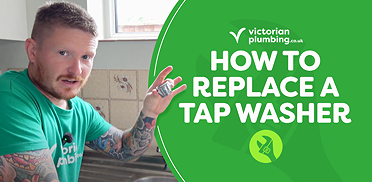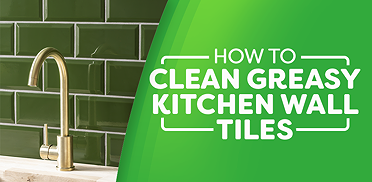EXTRA 10% OFF TAPS WITH CODE: TAPS10
Free delivery on orders over £499*
How to Unblock a Sink
How to Unblock a Sink
A blocked sink is an inconvenience that many have experienced. If a plunger isn't working for you or if you simply don't have one, check out our guide with other options to help you unblock your sink.

A blocked sink is a pesky ordeal that many of us will eventually have to face. Whether it is an obvious blockage or you have mysterious and foul smells coming from your plug hole, they are a real inconvenience.
If the blockage is simply in the upper part of the waste pipe you should be able to shift the blockage using a cheap and cheerful bathroom plunger.
First, block the overflow with something like a dishcloth or tea towel to help create a vacuum. Then, taking the plunger handle in both hands, place the suction cup part over the plughole taking care to completely cover the entire plughole. Then pump the plunger up and down vigorously for a few minutes. The suction created should move whatever is causing the blockage.
However, if you have tried your plunger and this method isn't working or you simply just don't have one, there are other magical ways in which you can restore your sink to its wonderful draining self.
There are four methods to unblocking a sink without using a plunger. To complete these methods, you'll be using many household items that can be found in the cupboard under your sink. If not, they can be found in your local supermarket. Check out the tutorials below and your sink will be unblocked in no time.
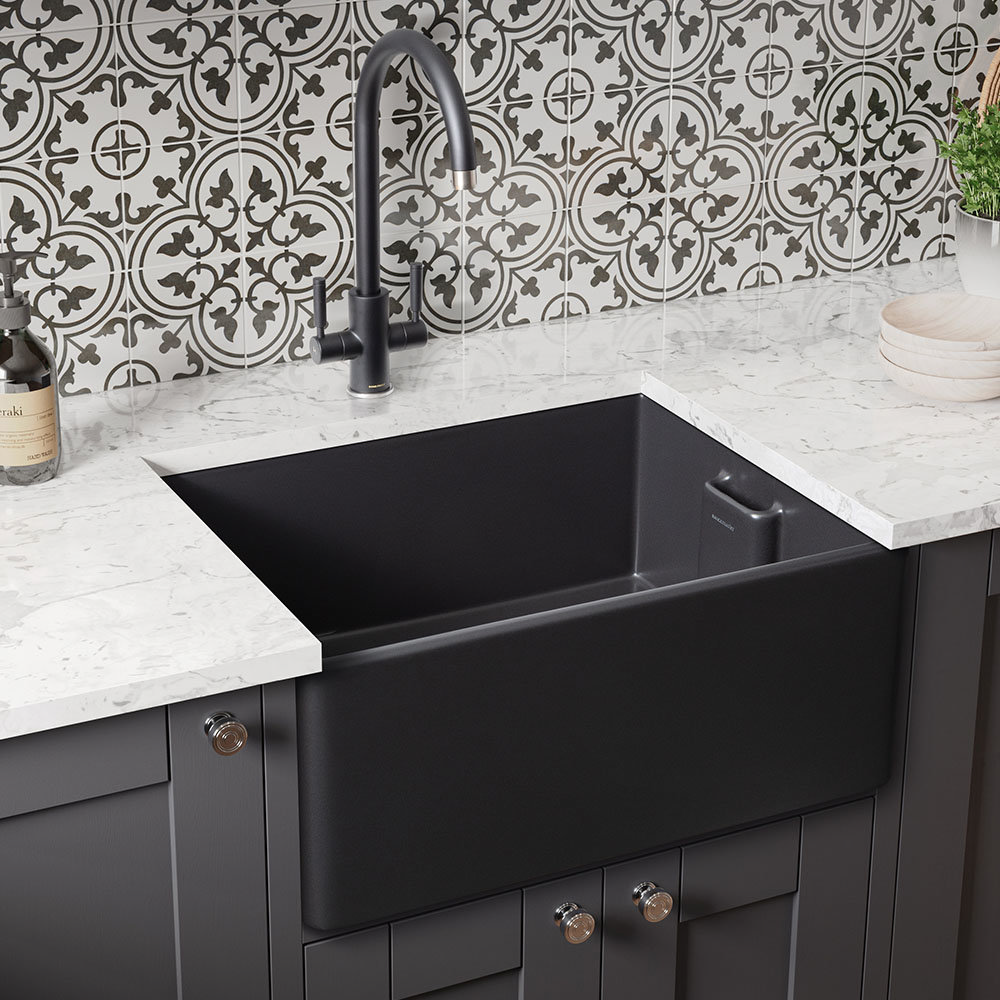
Method #1 - Bicarbonate of soda & white vinegar
White vinegar and bicarbonate of soda are staples to cleaning routines that can be used for most problems and in this case, heavy blockages. With just a few teaspoons of bicarbonate of soda and 500ml of white vinegar, your blockage may be gone.
- Step 1 - Teaspoon three heaped spoonfuls of bicarbonate of soda down the drain.
- Step 2 - Measure out 500ml of white vinegar and pour it down the drain after the soda.
- Step 3 - Leave this mixture to activate in the drain for 5 minutes.
- Step 4 - Fill the kettle and put it on to boil.
- Step 5 - Pour the boiling water down the sink to flush the blockage.
- Step 6 - Repeat the process if the blockage is not completely cleared with the first go.
Method #2 - Washing powder
There may be other items in the cupboard that are versatile enough to not only be for the one use, such as a biological washing powder. Using washing powder to unblock a sink is a great technique due to the enzymes it contains. These enzymes are used to break down fats, oils and grease in your clothes, which is why it can be used to unblock your sink.
- Step 1 - Fill the kettle and stick it on to boil.
- Step 2 - Similar to the first method, teaspoon three spoonfuls of biological washing powder down the drain.
- Step 3 - Once the kettle has been boiled, pour the boiling water down the drain.
- Step 4 - Repeat the process if the blockage still remains.
Method #3 - Alka-Seltzer
Another common household item that can also be used for unblocking your sink is Alka-Seltzer tablets. Try this Alka-Seltzer method to unblock your sink.
- Step 1 - Pop a couple of Alka-Seltzer tablets into your plug hole of your blocked sink.
- Step 2 - Measure out 500ml of white vinegar and pour this into the plug hole, over the tablets.
- Step 3 - Allow the mixture to activate for five minutes
- Step 4 - Boil a full kettle of water
- Step 5 - Once the kettle has finished boiling, pour the hot water down the drain.
- Step 6 - Repeat the process if needed
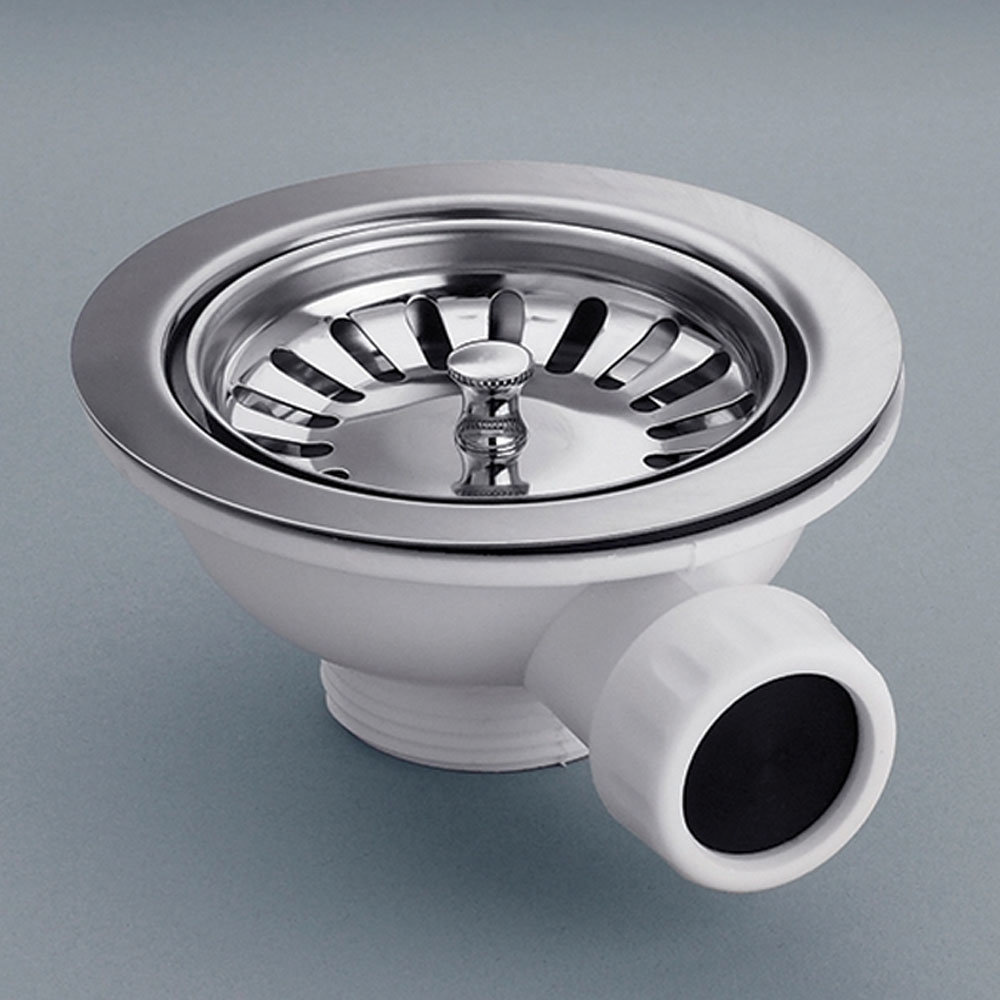
Method #4 -Bleach and Water
If it has come to your last resort before ripping out the pipes, bleach and hot water could be your answer. Ensure your safety when using bleach by taking precautions such as wearing gloves and being careful not to breathe in fumes or getting any in your eyes.
- Step 1 - Fill the kettle and stick it on.
- Step 2 - Measure out 250ml of bleach and pour it down the drain.
- Step 3 - At a slow and steady pace, pour the boiling water down the drain after the bleach.
- Step 4 - Repeat the process if needed
How to unblock the U-bend
If you have made it this far, and none of the methods above have worked, then you have a real tough blockage on your hands; a U-bend blockage. It's time to pull out the big guns and unblock the U-bend.
This is the messiest method, so you will need to get some rudimentary tools ready first and make sure you’re wearing something to cover your clothes. Use a jug to empty out most of the water if the sink is full.
You will need:
- A bucket
- An old towel
- A wrench or mole grips
- Rubber gloves
Clear out everything underneath the sink to give yourself space to work. Put your gloves on and place the towel on the floor under the sink. Make a note of how the U-bend under the sink is constructed so that you’ll be able to put it back together properly.
Place the bucket directly under the U-bend to catch what comes out when you dismantle it. There should be a threaded cap either side of the U-bend; you need to carefully unscrew these using the wrench or mole grips. As you loosen these, water will rush out into the bucket. Remove the U-bend and empty the contents into the bucket then thoroughly rinse the U-bend out.
Reassemble the U-bend pipe in the same way you took it apart, taking care to screw the threaded caps on straight and tight. Run a little water into the sink to make sure there are no leaks. Then congratulate yourself on a job well done!
Of course, if none of these methods work, it is time to call in a professional.
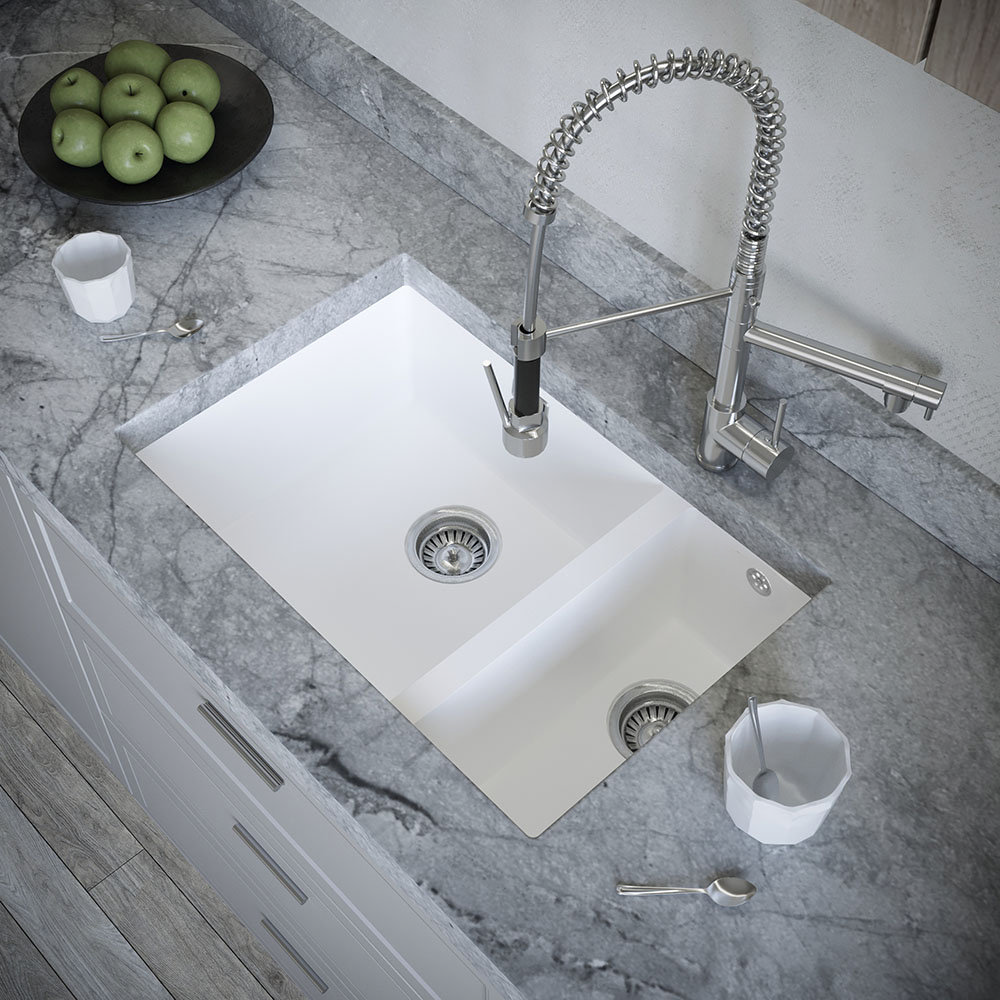
Prevention
Now, one thing to remember is that prevention is always better than the cure. Ensuring that only liquids go down your drain (apart from oil) is key to minimising the risk of blockages. Also maintaining a clean and healthy drain will help to tackle any small blockages that could become a big problem. So ensure you are bleaching your drain every week to prevent this.
We hope this blog has helped you realise that plungers aren't always the answer to keeping your sink blockage free. Now enjoy your fully restored sink and remember, prevention is better than the cure!

Alex Beckwith
Alex is one of our bathroom bloggers here at Victorian Plumbing. You'll find him regularly blogging about fun bathroom trends as well as writing DIY guides.

